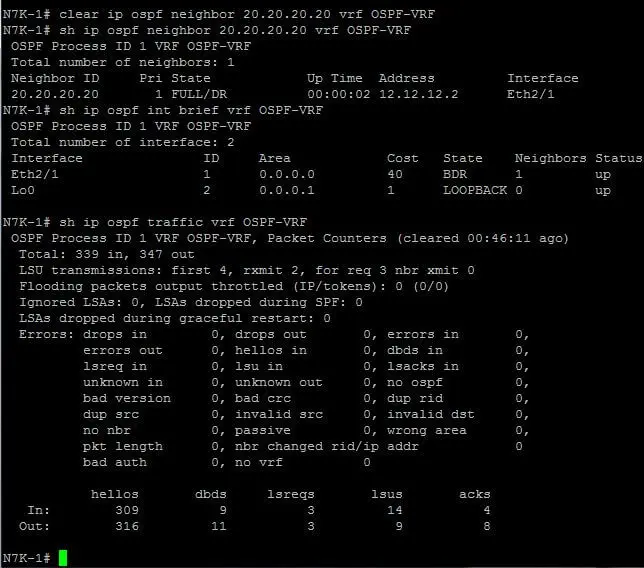
Cisco Nexus Titanium Emulator
Stoves new home gl616 gas oven manual download. Or titanium 7 stand alone which is what VIRL runs. Ultimately, it's a layer 2 switch (for better or worse), so virtualizing it is basically impossible. You can check out the ucs platform emulator from Cisco as well. There are also rack rentals.
Today a blog post on something I hope you will find useful: How to build a virtual Cisco Nexus lab on VMware vSphere. The goal is to create a lab containing two or more virtual Cisco Nexus switches, which can be used to learn/test NX-OS. You can use the Titanium emulator for this setup, which has been to the internet. ![]() Just use Google to find it. The lab which is discussed in this article runs on vSphere/ESXi and is built according to the following design: The configuration consists of: • Two Nexus 7000 switches (bases on a simulator); • For management of the switches you have a serial port and an SSH connection available. The serial port is connected to the management LAN using the serial-port-to-network feature of ESXi. For the SSH connection Nexus port “mgmt 0” is configured and connected to the management LAN.
Just use Google to find it. The lab which is discussed in this article runs on vSphere/ESXi and is built according to the following design: The configuration consists of: • Two Nexus 7000 switches (bases on a simulator); • For management of the switches you have a serial port and an SSH connection available. The serial port is connected to the management LAN using the serial-port-to-network feature of ESXi. For the SSH connection Nexus port “mgmt 0” is configured and connected to the management LAN.
• On the first switch (N7K-1) port e2/1 is connected to the 192.168.192.0/24 network, and port e2/2 is connected to the 172.30.96.0/24 network; • On the second switch (N2K-2) port e2/1 is connected to the 172.30.96.0/24 network, and port e2/2 is connected to a third network with subnet 172.30.97.0/24. Building the Nexus lab The Titanium emulator comes as a set of files which can be uploaded to a VMFS/NFS datastore on an ESXi host. After registering the virtual machine it becomes available in your vSphere inventory. The default NICs in the emulator won’t work with ESXi, so remove them and add E1000 adapters. Also remove the serial port (if available) and add a new serial port to your virtual Nexus switch. Explains how you can access the Nexus serial port through a telnet connection.
The configuration of the Titanium virtual machine should look like this: For the N7K-1 switch (displayed in the image) add (for example) 7 adapters to the switch and a serial port: • The serial port can be connected through Telnet on port 6001; • Network Adapter 1 is the mgmt 0 interface on the Nexus; • Network Adapter 2-7 are devices e2/1-6 on the Nexus; • The nxos-mgmt = the management network; • LAN network is not connected or used at this point. Network Adapter 3 (e2/2) is connected to the 172.30.96.0 segment, which is actually a Virtual Machine portgroup name on the ESXi host. Nexus N7K-2 is also connected to this segment: vSwitch1 is deployed to interconnect N7K-1 and N7K2. After booting the switches you first have to access the switch through the serial port. After this you can set an IP address on the ‘mgmt 0’ interface to access the switch through SSH.

N7k-1# conf t Enter configuration commands, one per line. End with CNTL/Z. Why interface vlan2’s link and protocol down? My topology: R1′s e2/2 —————-R2′s e2/2 both e2/2 belong to LAN2 in network settings. R1 configuration: interface Vlan2 no shutdown mac-address 0050.569f.1001 ip address 10.1.2.1/24 interface Ethernet2/2 switchport switchport mode trunk switchport trunk allowed vlan 2 no shutdown R2 configuration: interface Vlan2 no shutdown mac-address 0050.569f.2001 ip address 10.1.2.2/24 interface Ethernet2/2 switchport switchport mode trunk switchport trunk allowed vlan 2 no shutdown •.